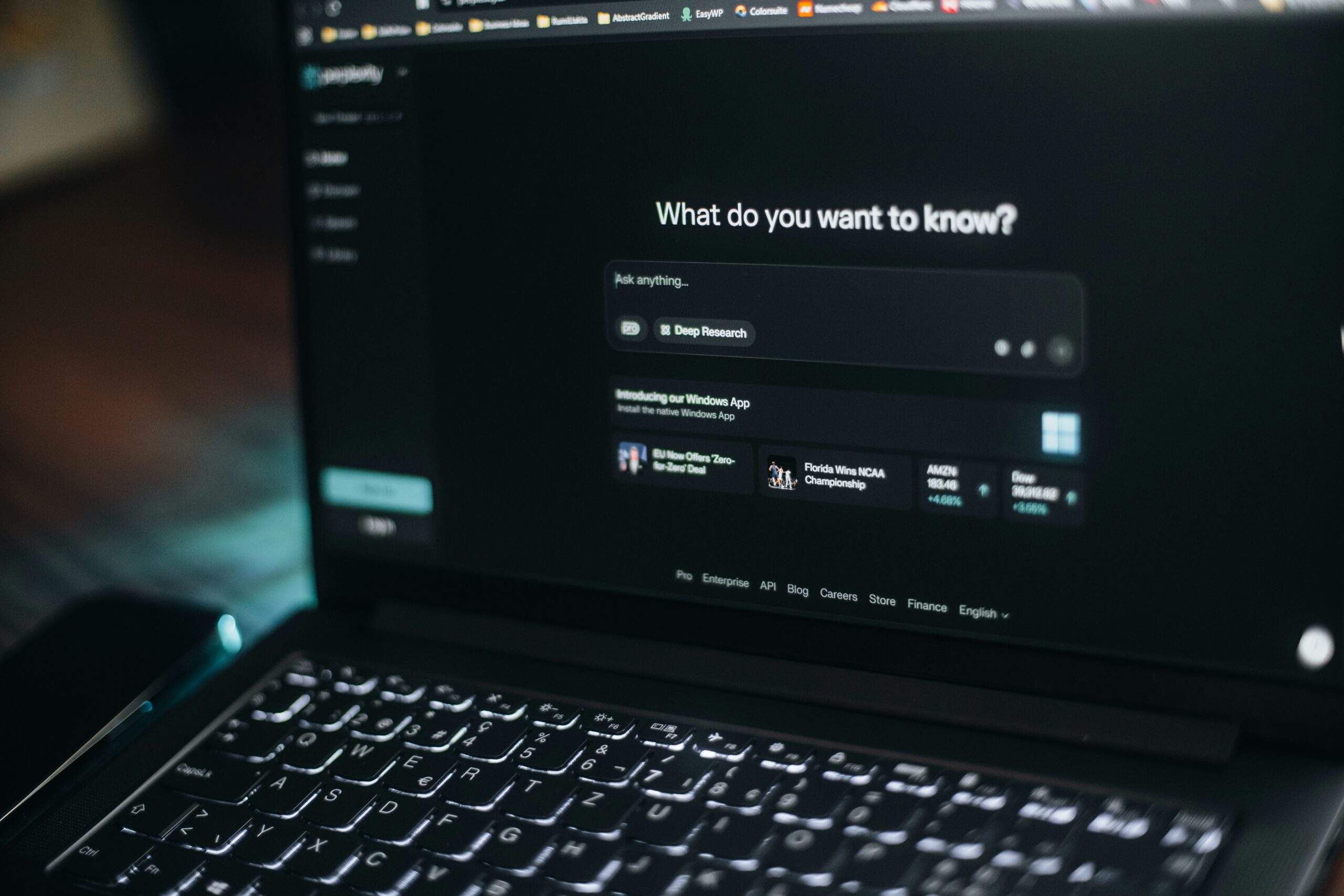For years, media coverage was judged in headlines and column inches. A story in the AFR or Bloomberg meant credibility, influence and reputation. Those benefits remain powerful. But today, earned media has a new role: it is the fuel that determines whether your organisation is even found online.
Search engines and generative AI platforms such as ChatGPT, Perplexity and Genisys are now the default gateways to information. Investors, advisers, policymakers and journalists no longer start with your website — they start with Google or AI. Which means the challenge is no longer just telling a good story. It’s making sure your story is discoverable.
The SEO payoff: how earned media boosts Google rankings
Google’s search algorithm rewards authority and trusted backlinks. A white paper sitting only on a corporate site may never climb search rankings. But once the same analysis is cited by trusted media, SEO visibility jumps. The reputational halo of third-party coverage is matched by backlinks that push your content up the search ladder. In other words: earned media builds trust, SEO ensures it’s found.
The AI shift: why generative AI trusts earned media
Generative AI has raised the stakes. Unlike search engines, AI relies on vast datasets that favour content repeatedly cited and independently validated. A CEO quoted in Reuters is far more likely to appear in a ChatGPT sector summary than the same insights buried in a blog post.
That makes earned media the bridge into AI visibility. Without it, even the smartest content strategy risks invisibility in the very channels where audiences are looking first.
From media headlines to measurable SEO and business results
At Honner, we see this shift every day. One asset manager client published research on retirement income that barely moved the dial on their website. After we secured AFR and trade coverage, backlinks pushed their SEO rankings up, AI platforms began referencing the insights, and adviser enquiries quickly followed. The same content, but amplified through earned media, became a driver of visibility and business leads.
Integrating PR, SEO and digital strategy for AI visibility
The message is clear: PR, SEO and digital can’t sit in silos. Together they power a continuous growth loop: insights drive coverage, coverage drives authority, authority drives SEO, and AI turns visibility into new audiences and opportunities.
The bottom line? Earned media is no longer just about reputation. It is the engine of digital discovery — and the entry ticket to relevance in the age of search and AI.



